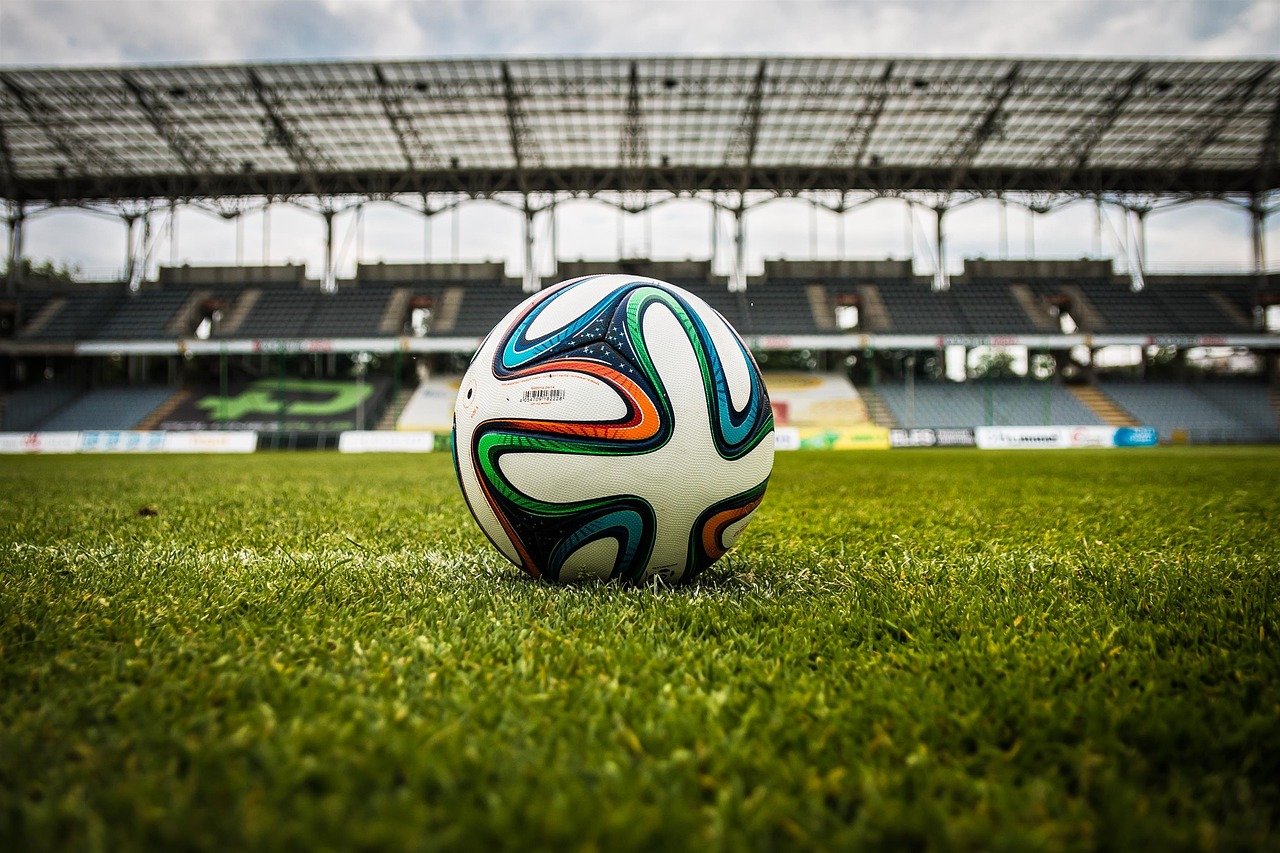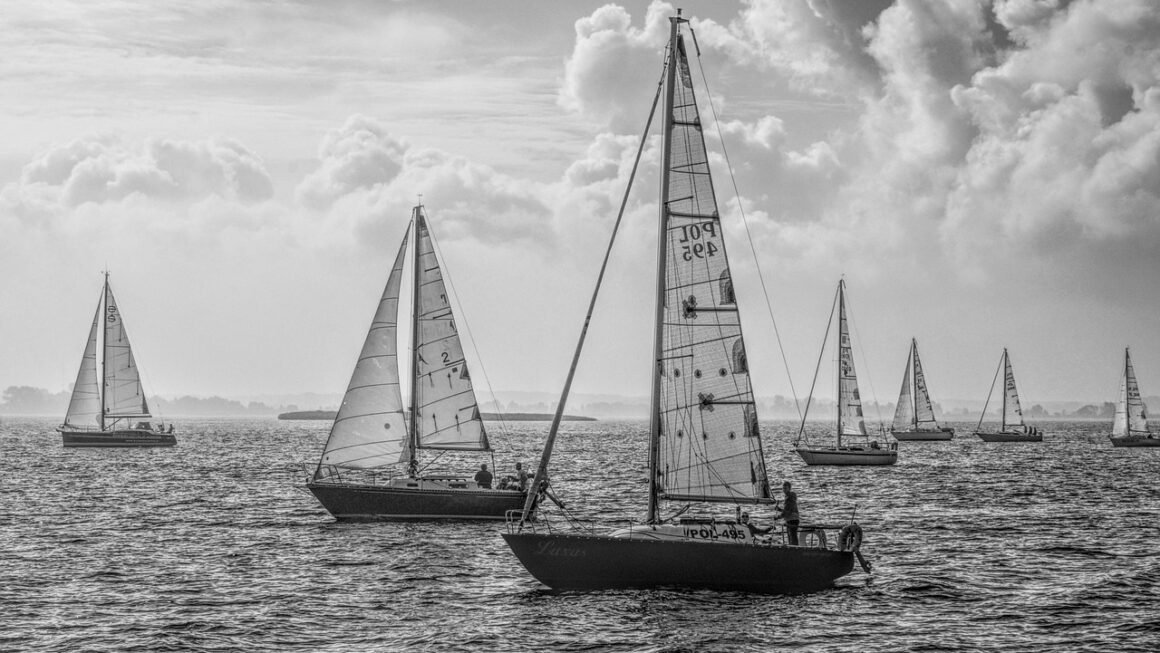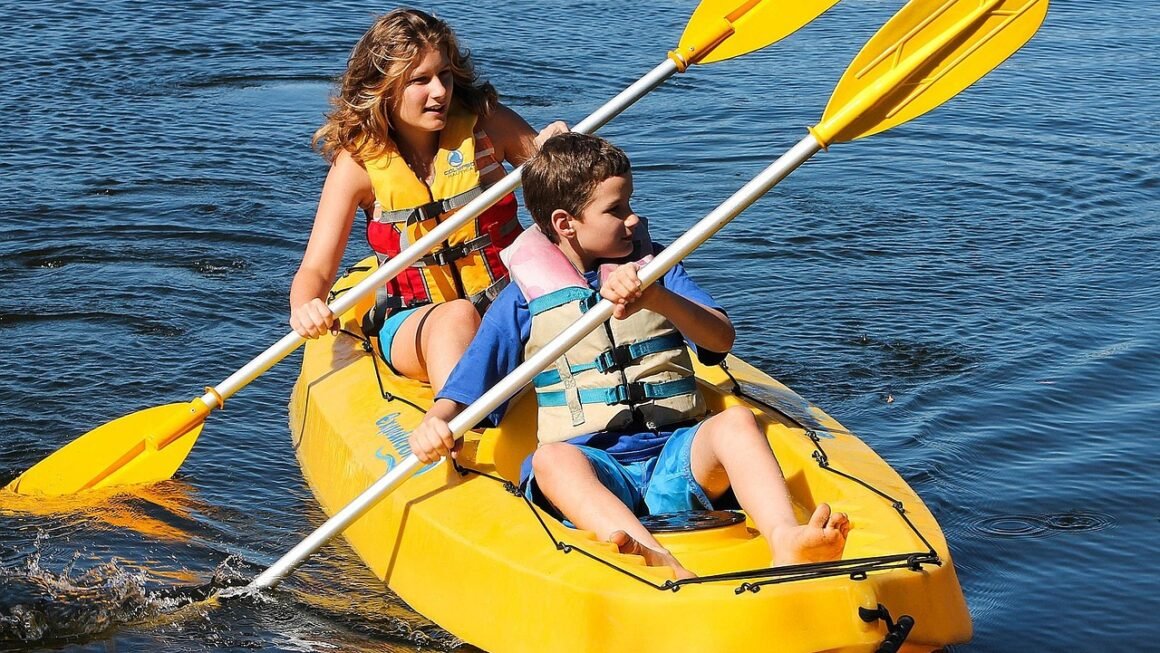
The thrill of gliding down a snow-covered mountain, the crisp air filling your lungs, and the stunning panoramic views – skiing is an exhilarating sport and a fantastic winter activity. Whether you’re a seasoned pro carving down black diamond runs or a beginner just learning the basics, understanding the nuances of skiing can enhance your experience. This comprehensive guide covers everything you need to know to make the most of your time on the slopes, from choosing the right gear to mastering essential techniques.
Getting Started with Skiing: A Beginner’s Guide
Skiing can seem daunting at first, but with the right preparation and guidance, anyone can learn to enjoy this incredible sport. This section breaks down the fundamental aspects of starting your skiing journey.
Choosing the Right Ski School and Instructor
- Why it matters: A good instructor can make all the difference in your early skiing experiences. They can teach you the fundamentals safely and efficiently, preventing bad habits from forming.
- What to look for:
Certified instructors: Ensure your instructor is certified by a recognized organization like the Professional Ski Instructors of America (PSIA).
Small group sizes: Smaller groups allow for more personalized attention and faster progress.
Beginner-focused programs: Look for schools that offer specialized programs for beginners.
- Example: Many resorts offer “Learn to Ski” packages that include lessons, rentals, and lift tickets at a discounted rate. Consider starting with one of these programs.
Essential Gear for Beginners
- Skis: Beginner skis are typically shorter and softer, making them easier to turn and control. Renting skis is a good option initially, allowing you to experiment with different types before committing to a purchase.
- Boots: Proper-fitting ski boots are crucial for comfort and performance. ill-fitting boots can lead to discomfort and even injury. Get professionally fitted at a ski shop.
- Bindings: Bindings attach your boots to your skis and release in case of a fall. Ensure they are properly adjusted to your skill level and weight.
- Helmet: A helmet is non-negotiable. It protects your head from serious injury.
- Clothing: Dress in layers. A base layer (thermal underwear), a mid-layer (fleece or sweater), and a waterproof outer layer (jacket and pants) are essential.
- Accessories: Gloves or mittens, a neck gaiter or scarf, and ski goggles are crucial for warmth and visibility.
- Tip: Renting equipment initially allows you to try different brands and sizes before committing to a purchase.
First Time on the Snow: Key Techniques
- Getting Up: Practice getting up after a fall. Position your skis perpendicular to the slope, use your hands to push yourself up, and then swing your skis around to face downhill.
- The Wedge (Snowplow): This is the fundamental technique for controlling your speed and stopping. Point the tips of your skis inward, forming a “V” shape. The wider the wedge, the slower you’ll go.
- Turning: Shift your weight onto the ski you want to turn towards. Practice making gentle turns in the wedge position.
- Balance: Keep your knees bent, your weight centered, and your arms out to the sides for balance.
Mastering Intermediate Skiing Techniques
Once you’ve mastered the basics, it’s time to refine your technique and explore more challenging terrain. This section focuses on the skills needed to progress to an intermediate level.
Parallel Skiing
- What it is: Parallel skiing involves keeping your skis parallel to each other while turning, allowing for greater control and efficiency.
- How to learn it: Start by gradually reducing the size of your wedge until your skis are nearly parallel. Focus on shifting your weight from one ski to the other to initiate turns.
- Drills: Practice skiing across the slope and making controlled turns. Gradually increase the steepness of the slope as you become more comfortable.
Edge Control
- Why it’s important: Edge control is essential for carving clean turns and maintaining control on icy or hard-packed snow.
- How to improve it: Practice angling your skis on their edges to grip the snow. Focus on using your ankles and knees to control the angle of your edges.
- Example: On a gentle slope, try making small, deliberate turns, focusing on feeling the edges of your skis dig into the snow.
Skiing Moguls
- A challenging but rewarding experience: Moguls are bumps on the slopes, offering a fun but technically difficult challenge.
- Techniques:
Absorb the bumps: Use your legs and knees to absorb the impact of the bumps.
Turn in the troughs: Turn in the troughs between the bumps to maintain control.
Look ahead: Anticipate the terrain and plan your route.
- Tip: Start with smaller moguls and gradually work your way up to larger ones.
Advanced Skiing: Pushing Your Limits
This section covers advanced techniques and tips for experienced skiers looking to take their skills to the next level.
Carving
- What it is: Carving involves using the edges of your skis to create clean, arcing turns without skidding.
- How to do it: Lean into your turns, engaging the edges of your skis. Maintain a smooth, fluid motion.
- Equipment: Carving skis are typically stiffer and have a narrower waist, allowing for greater edge hold.
Off-Piste Skiing (Backcountry)
- What it is: Skiing off-piste involves skiing in ungroomed terrain outside of the designated ski area boundaries.
- Safety: Off-piste skiing requires specialized knowledge, equipment, and training. Always ski with a guide or experienced group, and carry avalanche safety gear (beacon, shovel, probe).
- Avalanche Awareness: Understanding avalanche risks is crucial for safe off-piste skiing. Take an avalanche safety course and check the local avalanche forecast before venturing into the backcountry.
Skiing in Powder
- Techniques for deep snow:
Keep your weight centered: Lean back slightly to prevent your tips from diving into the snow.
Wider stance: A wider stance provides more stability in deep snow.
* Use your whole body: Use your entire body to initiate turns and maintain balance.
- Skis: Powder skis are wider and have a rockered tip, allowing them to float on top of the snow.
Choosing the Right Ski Resort
The right ski resort can greatly enhance your skiing experience. This section provides guidance on selecting a resort that meets your needs and preferences.
Factors to Consider
- Skill Level: Some resorts cater to beginners, while others offer more challenging terrain for advanced skiers.
- Snow Conditions: Check the average snowfall and snowmaking capabilities of the resort.
- Crowds: Consider the resort’s popularity and potential for crowds, especially during peak season.
- Amenities: Look for resorts with a variety of amenities, such as restaurants, shops, and lodging options.
- Price: Lift ticket prices, accommodation costs, and other expenses can vary significantly between resorts.
Popular Ski Resorts Around the World
- Vail, Colorado, USA: Known for its vast terrain and luxurious amenities.
- Whistler Blackcomb, British Columbia, Canada: One of the largest ski resorts in North America.
- Zermatt, Switzerland: Offers stunning views of the Matterhorn and world-class skiing.
- Niseko, Japan: Famous for its abundant powder snow.
Conclusion
Skiing is a rewarding and exhilarating sport that can be enjoyed by people of all ages and skill levels. By understanding the fundamentals, mastering essential techniques, and choosing the right equipment and resort, you can maximize your enjoyment on the slopes. Whether you’re a beginner or an experienced skier, there’s always something new to learn and explore in the world of skiing. So, gear up, hit the slopes, and experience the thrill of gliding down a snow-covered mountain!


